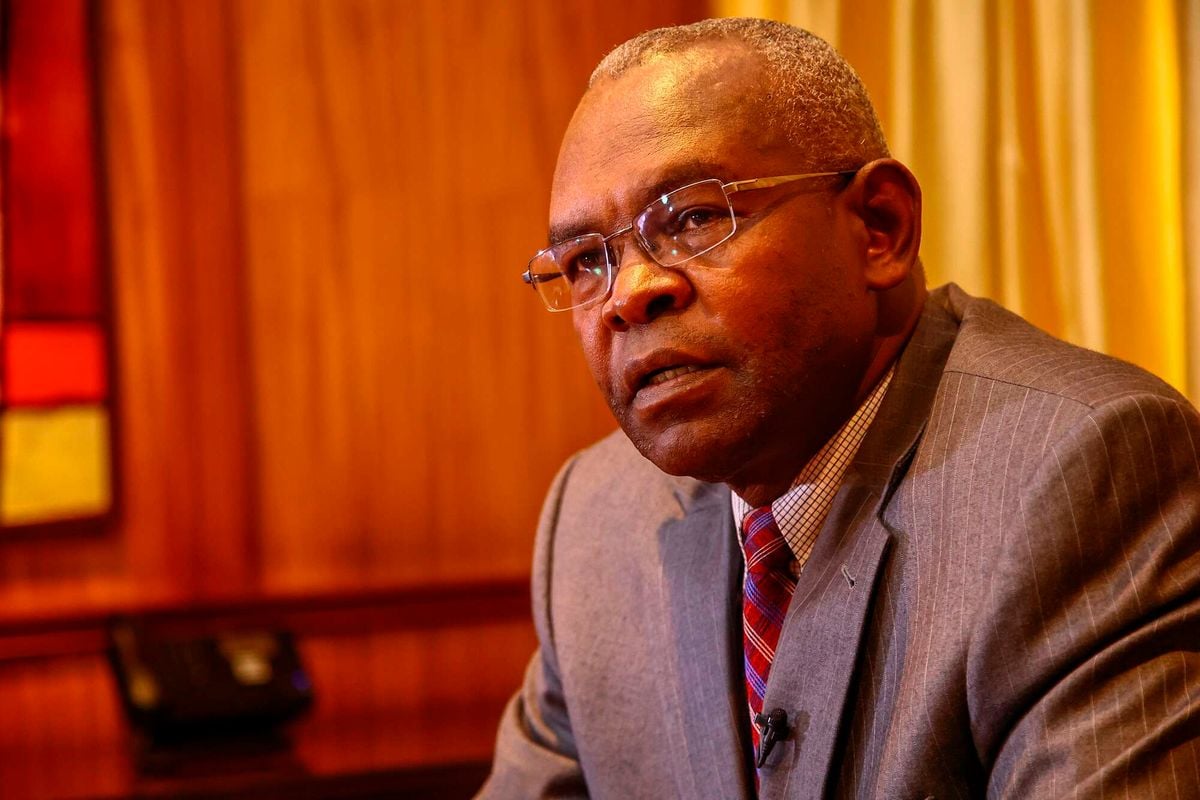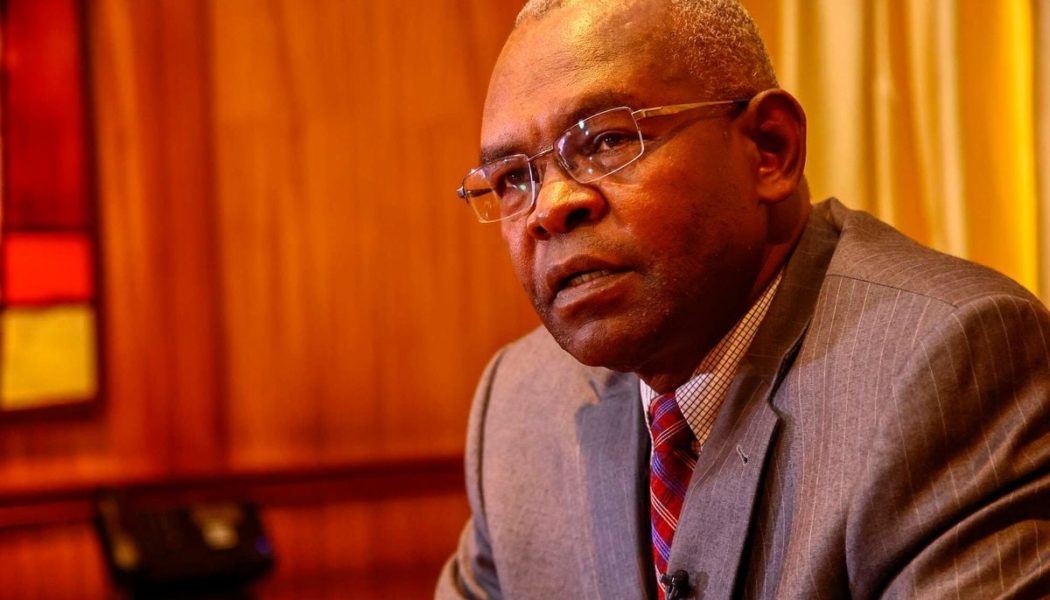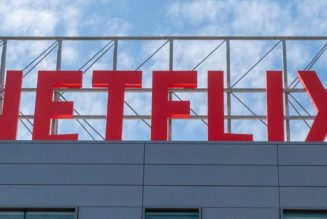
The Central Bank of Kenya (CBK) has summoned bank chief executives to address concerns that lending rates have failed to respond to cuts in the benchmark rate, delaying relief to borrowers plagued with costly loans.
Top bankers at KCB, Equity, Cooperative Bank, NCBA, I&M, Absa, Standard Chartered and DTB are expected to attend a meeting at the central bank at an undisclosed date amid accusations banks are profiteering from high lending rates.
The CBK on October 8 lowered its benchmark interest rate by 75 basis points to 12 percent—the largest cut since the start of Covid-19 economic hardships in March 2020
This followed the lowering of the standard rate by 25 basis points in August to 12.75 percent, a drop analysts reckon is yet to reflect on lending rates at a time when demand for credit has slowed to levels seen in 2017.
The CBK Governor Kamau Thugge and the executives are planning to discuss how to cut lending rates in the wake of pressure from President William Ruto and Treasury Cabinet Secretary John Mbadi.
A drop in lending rates is expected to cut the mounting loan defaults and stimulate demand for loans that will put money in consumers’ pockets and rekindle orders for goods and services in corporate Kenya.
“We have agreed with the commercial banks that we will have a meeting to brainstorm to ensure that with the low inflation and CBR (Central Bank Rate) that the banks extend lower interest rates to borrowers,” Dr Thugge said on Wednesday at a banking conference hosted by the Kenya Bankers Association (KBA)—the industry lobby.
“With inflation declining steadily and CBK easing monetary policy there is absolutely no reason not to have lower interest rates by the commercial banks.”
Inflation dropped to its lowest level since December 2012 at 3.6 percent and kept the cost of living measure within the government targets of between 2.5 percent and 7.5 percent in the medium term.
This has offered the CBK room to cut the benchmark rate or CBR.
The fall in CBR was expected to trigger a fall in the cost of loans for households and firms who have struggled to service costly credit since the CBK started raising rates in June 2022 amid global economic shocks that saw inflation rise to multi-year highs.
Instead, commercial banks’ average lending rate rose slightly in August by 0.1 percentage point in August to hit 16.78 percent, defying the CBK’s signals for a fall in loan costs after the benchmark rate was cut for the first time in four years.
Demand for credit slowed 1.3 percent in August compared to an increase of 3.7 percent in July—the lowest since 2017 when Kenya introduced control of lending rates that dimmed supply for loans.
The CBK considers credit growth of 12 to 15 percent to be sufficient to support the healthy growth of the economy.
The high cost of borrowing had discouraged borrowers from tapping loans in an economic setting where demand for products is sluggish, prompting firms to freeze hiring and expansion plans.
The drop in the cost of loans is expected to prompt consumers to take up funds for investments and consumption in the coming months, boosting economic activities.
“Lending to the private sector is one assignment that I would like to give you (banks). Private sector credit only grew by 1.3 percent in August which is insignificant,” said President Ruto at the bankers’ conference.
“We want the private sector to do more and we know what we need to do as the public sector. We will do our part, you do yours.”
Top bankers, including KCB chief executive Paul Russo, Stanbic Bank Kenya’s Joshua Oigara, NCBA’s John Gachora, and Absa Kenya’s Abdi Mohamed, were present at the conference.
KBA reckons that it takes time for policy rates to be transmitted to the market.
Cheap credit could also help banks easily manage the rising stock of non-performing loans (NPLs) that have surged due to expensive credit and Kenya’s soft economy.
This has given birth to a rising number of distressed borrowers whose assets, from homes to cars and furniture, are being seized by aggressive banks.
Data from the Central Bank of Kenya (CBK) shows that NPLs hit a record Sh674.9 billion in August from Sh657.6 billion in July and Sh621.3 billion at the start of the year.
The share of NPLs in the banking industry rose to 16.7 percent in August, the central bank said, remaining in double digits for months and at levels last seen in April 2006.
“While there has been an increase in the number of properties being put up for auction, there has been a corresponding low uptake of these assets. In fact, the uptake is at a historical low.” Joseph Gikonyo, the chief executive of Garam Auctioneers, said.
Before cutting the CBR in August, the monetary policy committee of the CBK had raised the rate by 5.5 percentage points since the tightening began in May 2022 through July 2024 to manage inflationary expectations through keeping the cost of borrowing elevated.









